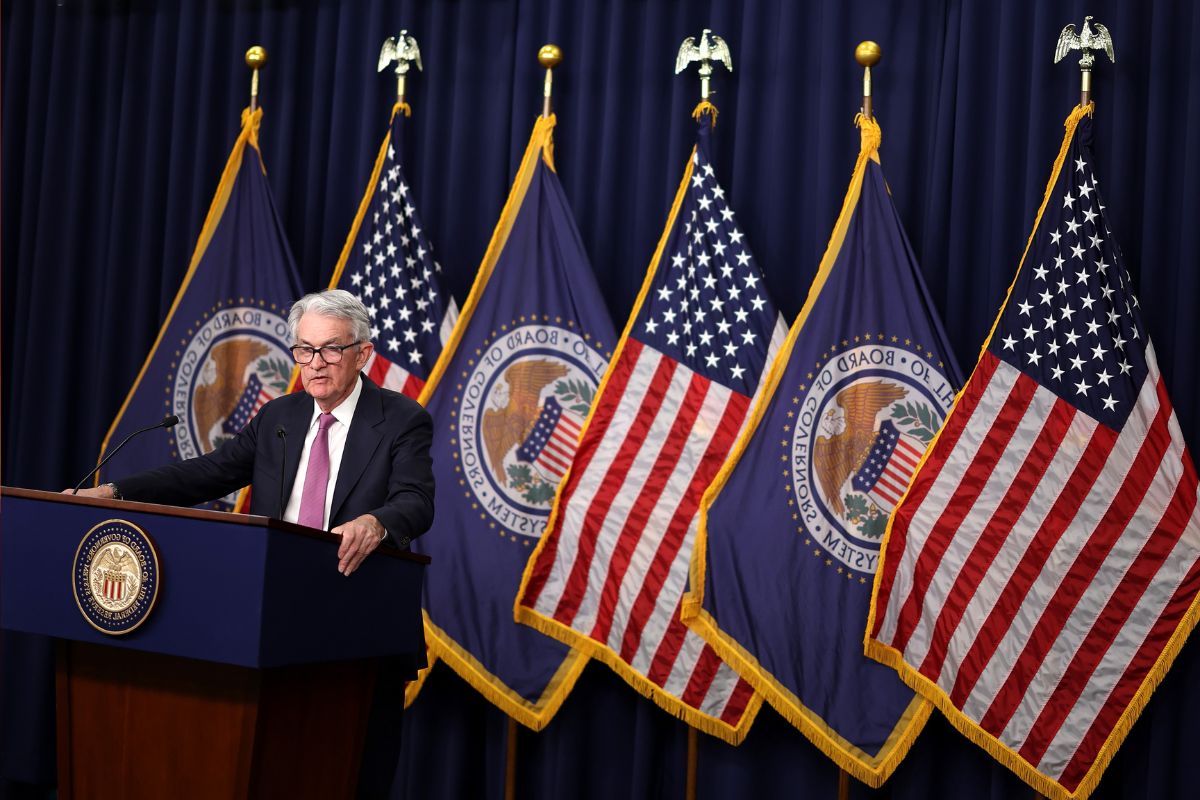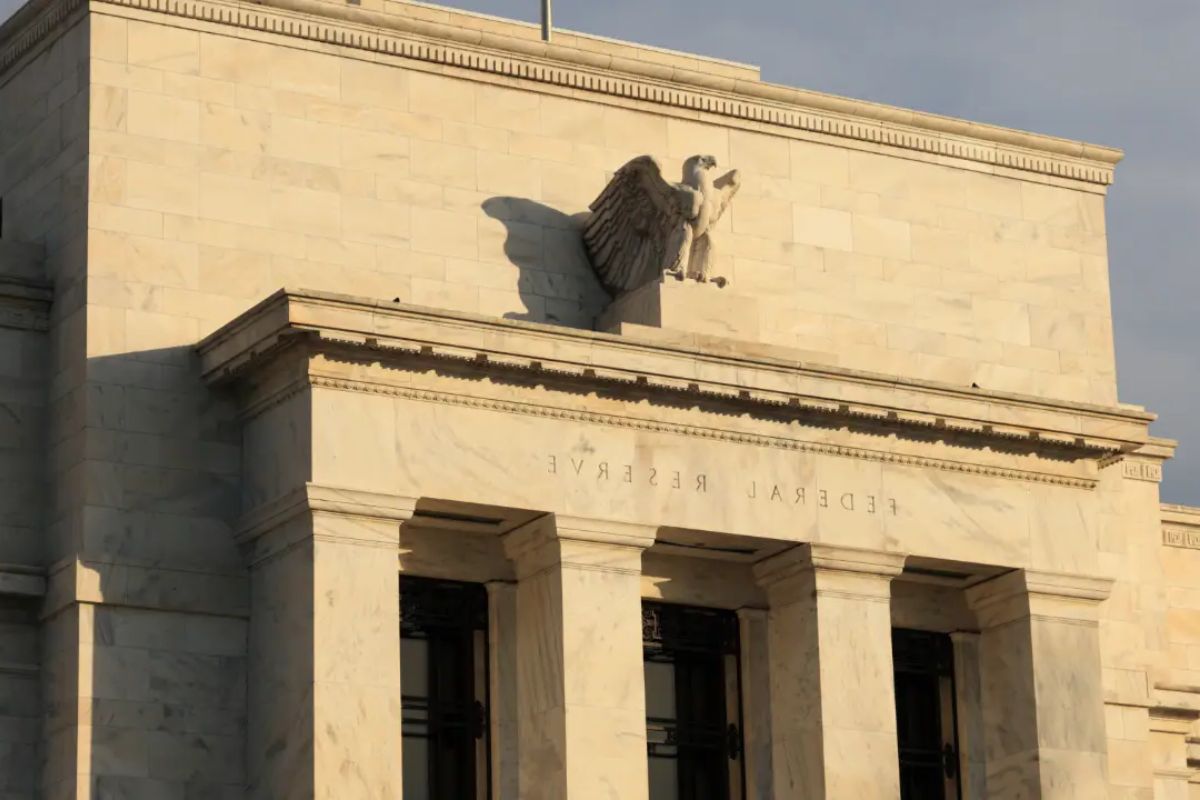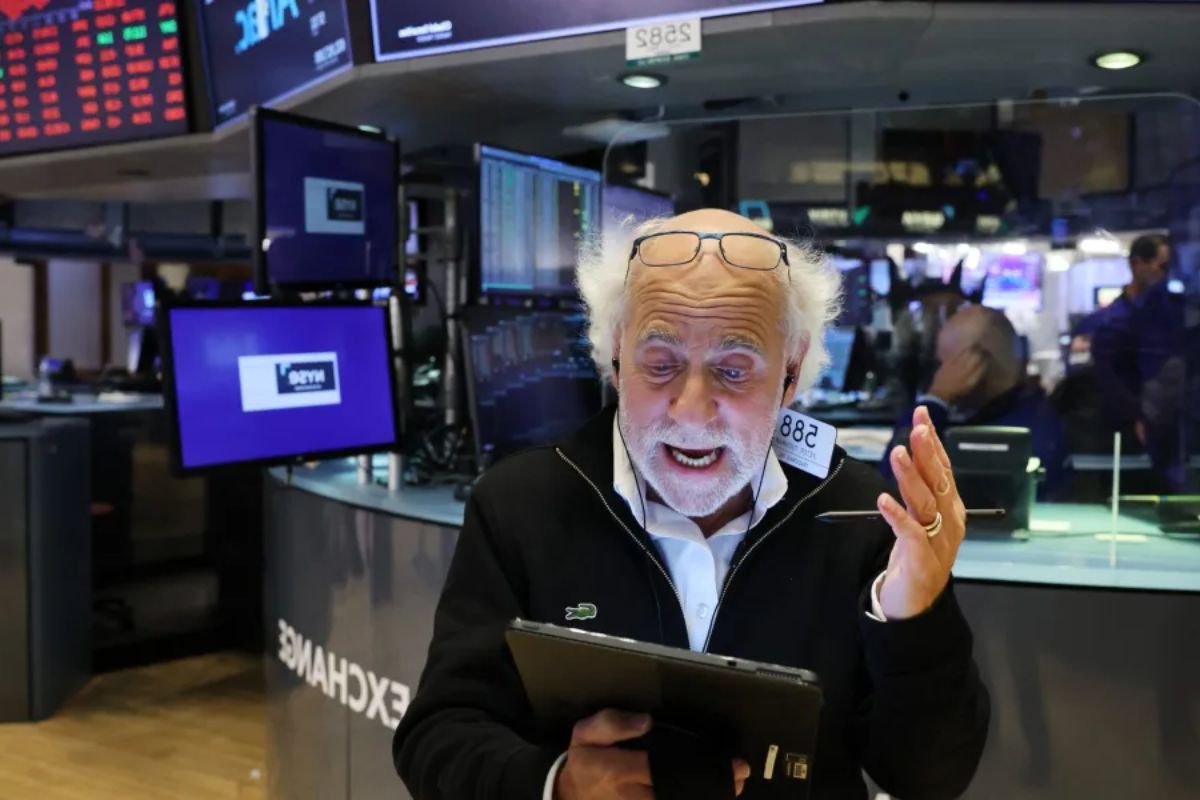Bond Investors Adjust Portfolios : As the Federal Reserve’s next policy meeting approaches, bond markets are buzzing with anticipation of a potential dovish turn. Speculations regarding the central bank’s stance on interest rates and economic stimulus measures have been rampant, fueling market volatility and prompting investors to realign their portfolios.
The recent string of mixed economic indicators has only added to the uncertainty, leaving market participants grappling with the question of whether the Fed will maintain its accommodative approach or signal a shift towards a more hawkish stance.
Amidst this backdrop, the bond market’s reaction and subsequent adjustments have become a barometer of investor sentiment, with yields and future scenarios hanging in the balance. The stage is set for a crucial meeting that could shape the trajectory of the bond market and have far-reaching implications for the broader financial landscape.
Key Takeaways
- Bond investors are preparing for a potential shift in the Federal Reserve’s stance on interest rates.
- There is anticipation of a departure from the bias towards rate hikes and a possibility of a shift towards rate cuts due to economic headwinds.
- Portfolio managers are advising the extension of duration to protect against rate cuts and lock in higher yields.
- The market is eagerly awaiting clues or signals from the Federal Reserve about the speed and extent of potential easing.
Anticipation of Fed’s Policy Shift
Bond investors are anxiously preparing for a potential shift in the Federal Reserve‘s stance on interest rates, as they anticipate a departure from a bias toward rate hikes and a possible shift towards rate cuts this year. This anticipation stems from a growing recognition of the economic headwinds facing the United States, such as slowing global growth and ongoing trade tensions.
Also Read: Bond Investors Adjust Strategies as Strong US Economy Defies Predictions
Bond investors, ever the astute observers of economic trends, are adjusting their strategies accordingly. Portfolio managers, like Kathy Jones from the Schwab Center for Financial Research, are advising an extension of duration in anticipation of a change in the economic cycle. By increasing the duration of their bond holdings, investors can lock in higher yields for a longer period, thereby protecting themselves against potential rate cuts.
This proactive approach reflects the expertise and foresight that bond investors bring to the table, positioning themselves for success in an ever-changing market.
Speculations Surrounding Fed’s Meeting
Amidst growing anticipation and market speculation, the upcoming Federal Reserve meeting has become the focal point of discussions among economists, investors, and analysts alike.
While it is widely expected that the Fed will maintain its current interest rates, there are speculations surrounding the possibility of an easing bias. This speculation arises from the recent shift in outlook by Fed officials, with many projecting lower rates by the end of the year.
Analysts, such as Guneet Dhingra from Morgan Stanley, suggest that the Fed may discuss the implementation of an easing bias, raising questions about the speed and extent of the potential easing.
The market is eagerly awaiting any clues or signals that the Fed may provide during the meeting, as it could have significant implications for bond markets and investor sentiment.
Market Response and Adjustments
Investors have already begun adjusting their portfolios in response to the increasing expectations for rate cuts and the potential easing bias from the Federal Reserve. The market’s anticipation of rate cuts has led to changes in investment strategies, with investors shifting towards longer durations.
Thornburg Investment Management, for instance, has adjusted all managed portfolios to longer durations. This adjustment reflects a belief that interest rates will be lower for a longer period of time, making longer-duration bonds more attractive.
The market response is driven by the perception that the Federal Reserve is adopting a more dovish stance, signaling a potential shift towards accommodative monetary policy. These adjustments highlight the impact that central bank policy can have on investor behavior and portfolio positioning.
As expectations for rate cuts persist, further adjustments may continue to shape the bond market landscape.
Uncertainty Amid Economic Indicators
Uncertainty looms over bond investors as they navigate through a landscape of strong economic indicators and the potential for rate cuts. Despite the robust GDP growth in Q4 2023 and the positive economic data in December, investors remain cautious.
The possibility of rate cuts adds another layer of uncertainty to the mix. While analysts suggest that the Federal Reserve might hold off on cutting rates until the second quarter of 2024, the economic landscape remains unpredictable, influencing bond investors’ decisions.
The challenge lies in deciphering whether the strong economic indicators are sustainable or merely a temporary boost. Bond investors are left grappling with the unknown, weighing the potential benefits of the current economic strength against the risks of a potential downturn or unexpected policy shifts.
Perceptions of Yield and Future Scenarios
Perceptions of yield and future scenarios play a crucial role in shaping bond investors’ strategic decisions in the face of an uncertain economic landscape.
Currently, investors are perceiving an attractive entry point in the U.S. 10-year Treasury yields, which have risen about 8 basis points since the last Federal Reserve meeting, reaching 4.10%. This perceived attractiveness is based on the belief that yields above 4% are appealing.
However, analysts like Jeff Klingelhofer remain skeptical about yields above 5% unless unlikely scenarios materialize, such as avoiding a recession or the Fed refraining from rate cuts over the next decade.
These perceptions of yield and future scenarios are driving bond investors to carefully evaluate their strategies and make informed decisions in light of the prevailing economic uncertainties.
Conclusion Of Bond Investors Adjust Portfolios
The bond markets are eagerly anticipating a dovish turn from the Federal Reserve, as speculations surrounding the Fed’s meeting grow. Market participants are adjusting their strategies and positions in response to the anticipated policy shift.
However, there remains a sense of uncertainty due to conflicting economic indicators. The perception of yield and future scenarios is crucial in navigating these uncertain times.
As the market eagerly awaits the Fed’s decision, investors need to stay vigilant and adaptable to potential changes.
Our Reader’s Queries
Q1 How do investors react to a raise in interest rates by the Fed?
A As interest rates rise, stock investors tend to hesitate in pushing up stock prices as the allure of future earnings diminishes in comparison to bonds offering more competitive yields in the present.
Q2 What is the rate anticipation strategy?
A The interest rate anticipation strategy entails predicting future changes in interest rates and their impact on bond values. Long-term bonds are more sensitive to fluctuations in interest rates. Holding long-term bonds during a period of declining interest rates can result in substantial returns, while the opposite is true during a rising interest rate environment.
Q3 When the Fed raises interest rates what happens to bonds?
A When the Federal Reserve raises the federal funds rate, the value of existing fixed-rate bonds tends to decline, leading to an increase in yields on new fixed-rate bonds. Conversely, in a scenario of decreasing interest rates, existing fixed-rate bond prices typically rise, resulting in a decrease in yields for new fixed-rate bonds.




